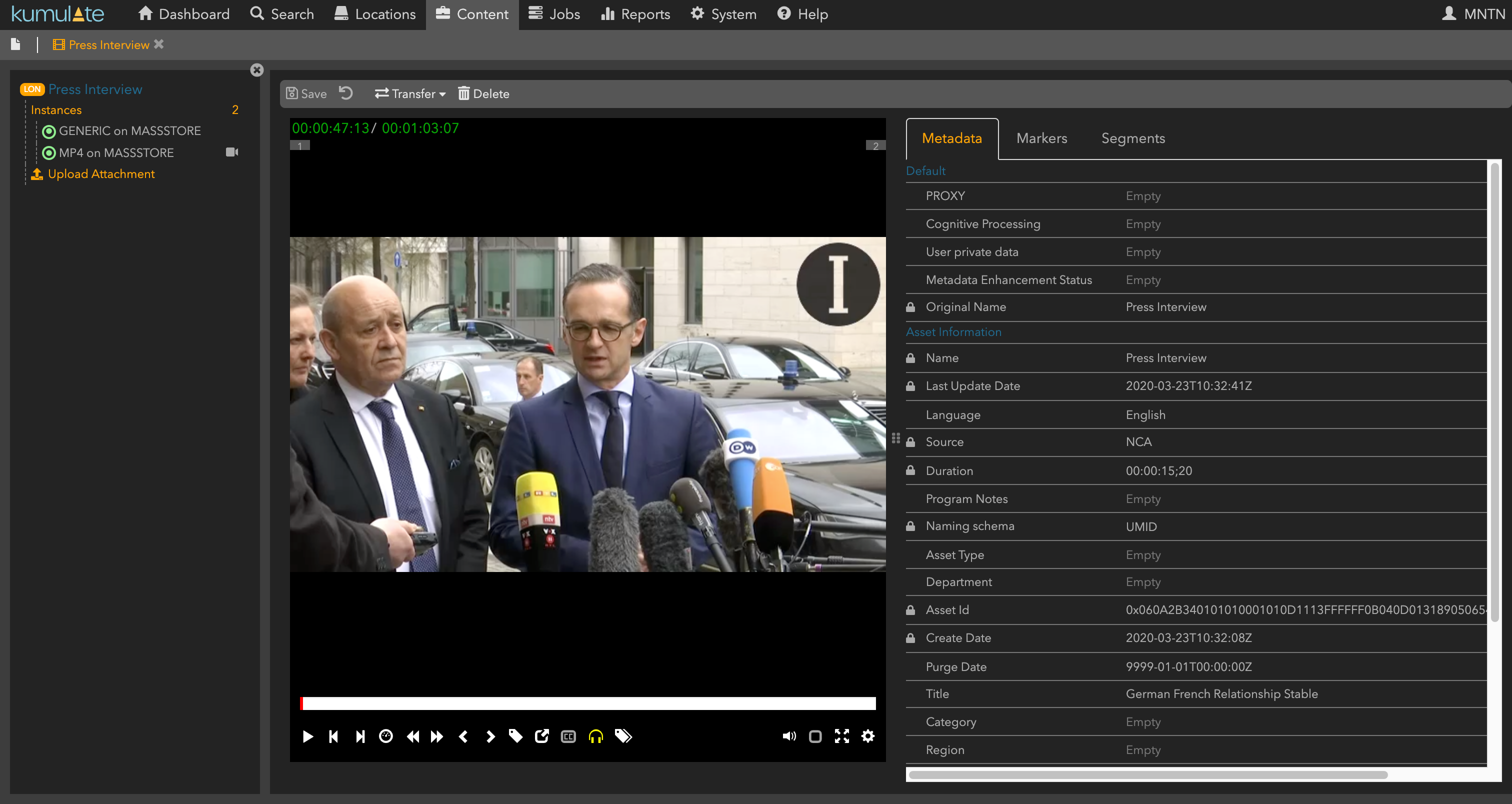Column: Metadata independence – How is metadata attached to your media, and how strong is this connection?

Subscribe to NCS for the latest news, project case studies and product announcements in broadcast technology, creative design and engineering delivered to your inbox.
An archive is only as strong as the metadata that surrounds its content. Content without rich technical and editorial information is merely taking up space, since it will be either impossible to find, or the cost of locating it will be so expensive that it will not be worth it. Even the most basic metadata can help make content easier to locate and re-purpose, but the better the metadata the more likely it is that you will be able to extract the full value from your assets.
While the value of metadata is not necessarily a new or controversial idea, there is less consensus regarding how that metadata should be stored or linked to the assets it describes. Smaller organizations may have metadata in multiple locations, including traffic systems, automation systems, production asset management (PAM) systems, and text files. Many larger media organizations have implemented media asset management (MAM) systems to handle the organization, location and management of their media content. These systems provide an overarching view of the organization’s assets, and store metadata in their databases so that the MAM users can find what they are looking for.
Most of these solutions, whether they are enterprise MAM systems or text files, de-couple the metadata from the media itself. In some ways this mirrors the linear workflows that were in place 30 years ago, when users referred to sheets of paper to find the tapes or reels that held the content that they were looking for. Of course, today’s systems make it easier to load, play, edit and transfer these assets, but they still have a fundamental flaw in that the assets are not usable if the system that holds the metadata becomes unavailable. This is compounded by the fact that the content may be spread out across a wide array of storage devices, both inside and outside the facility.
The optimal solution is to bind the most important metadata with the media. This would not replace the metadata in the database of the MAM or PAM system, but rather supplement it. By maintaining the metadata alongside the media, you can guarantee that assets never get lost. This also makes the media more portable, so that as the content moves both inside and outside the organization, its most critical information moves with it. The metadata can be interrogated directly from storage, so that movement, transformation, publishing and other workflows can be automated by any of your systems, instead of being a walled garden that can only be unlocked by a single vendor.
Of course, packaging the media and metadata is only helpful if the package is in a standard format that is well-described and readable by anyone who desires to do so. The media and entertainment space have no shortage of “industry-standard formats”, but some candidates are stronger than others. The Interoperable Master Format (IMF) and Material Exchange Format (MXF) have started to show real value, depending on the use case, and the Archive Exchange Format (AXF) is also seen as a potentially strong option.
Binding metadata to your media provides tremendous opportunity to improve the way that content is stored and preserved. Since content is always in motion, doing this can ensure that it has the information necessary to be discoverable and usable, while eliminating the possibility of vendor lock.
Subscribe to NCS for the latest news, project case studies and product announcements in broadcast technology, creative design and engineering delivered to your inbox.



tags
Content Distribution, Content Management Systems, Content Segmentation, Masstech, Media Asset Management, Metadata, Savva Mueller
categories
Content Delivery and Storage, Content Libraries, Media Asset Management, Voices